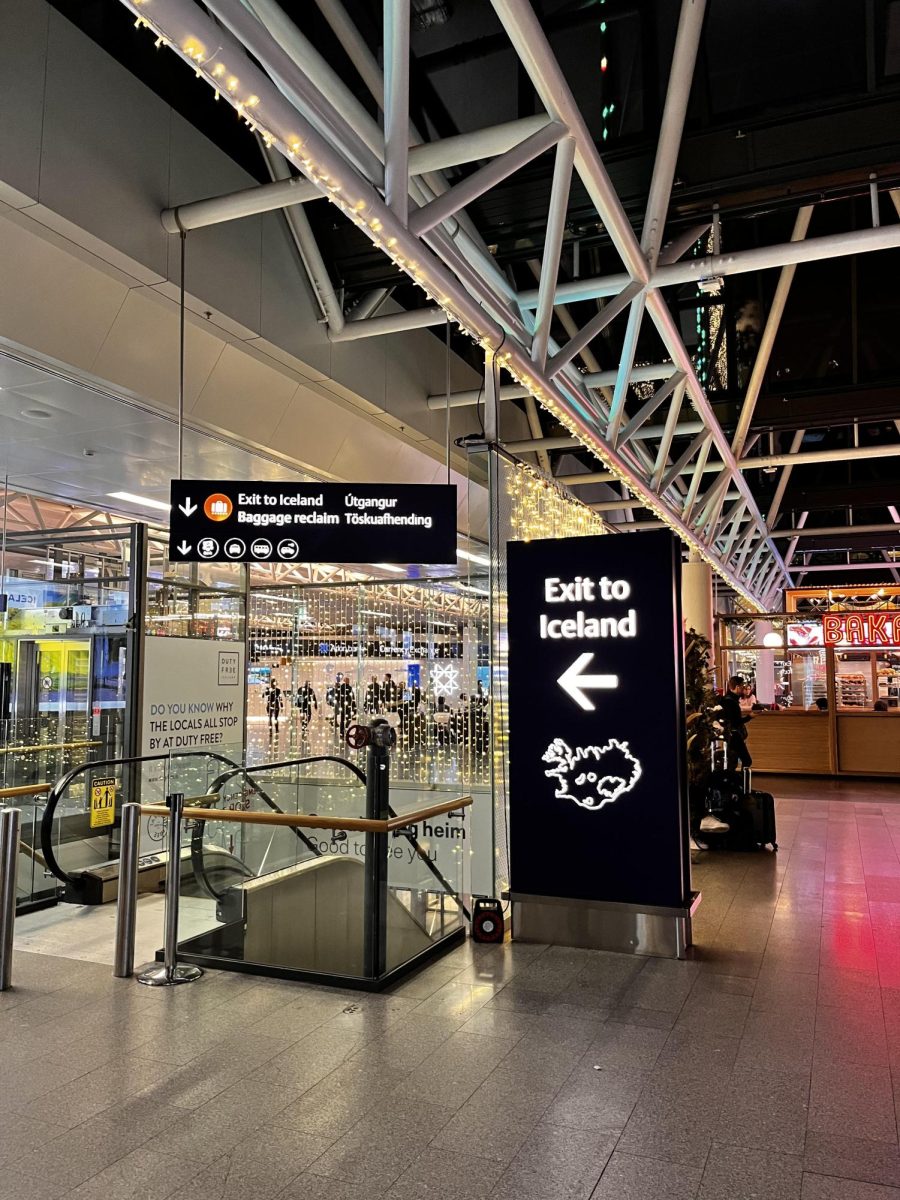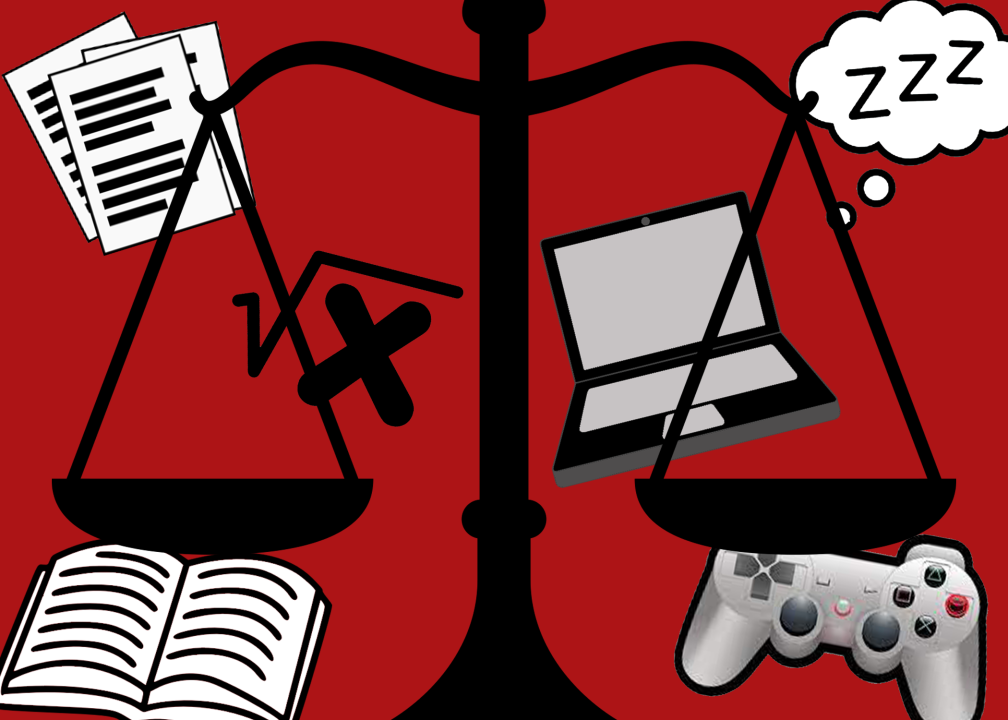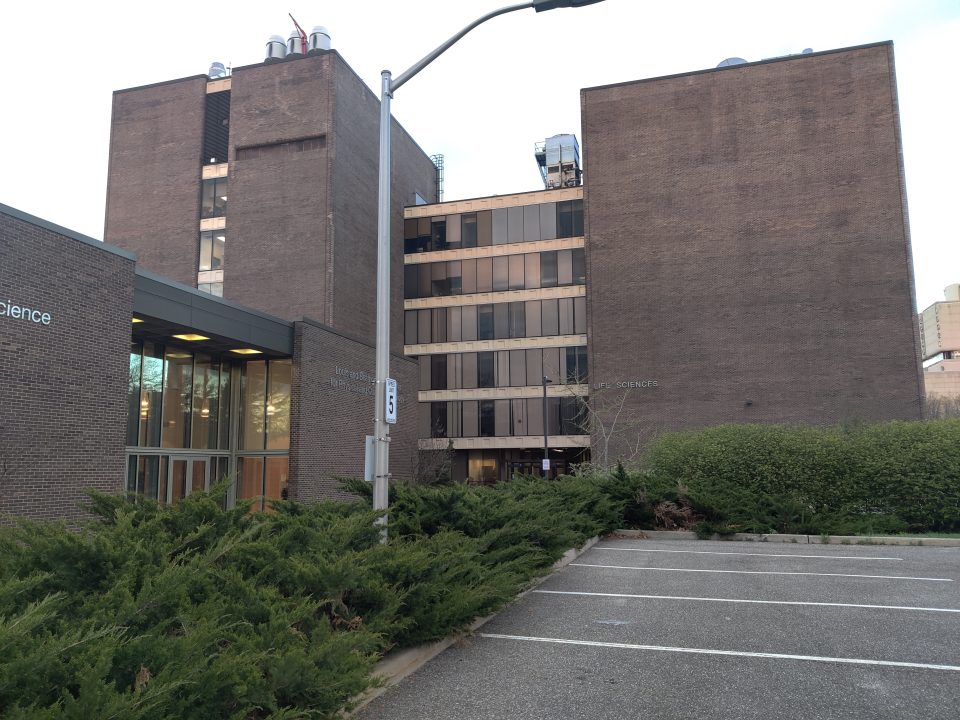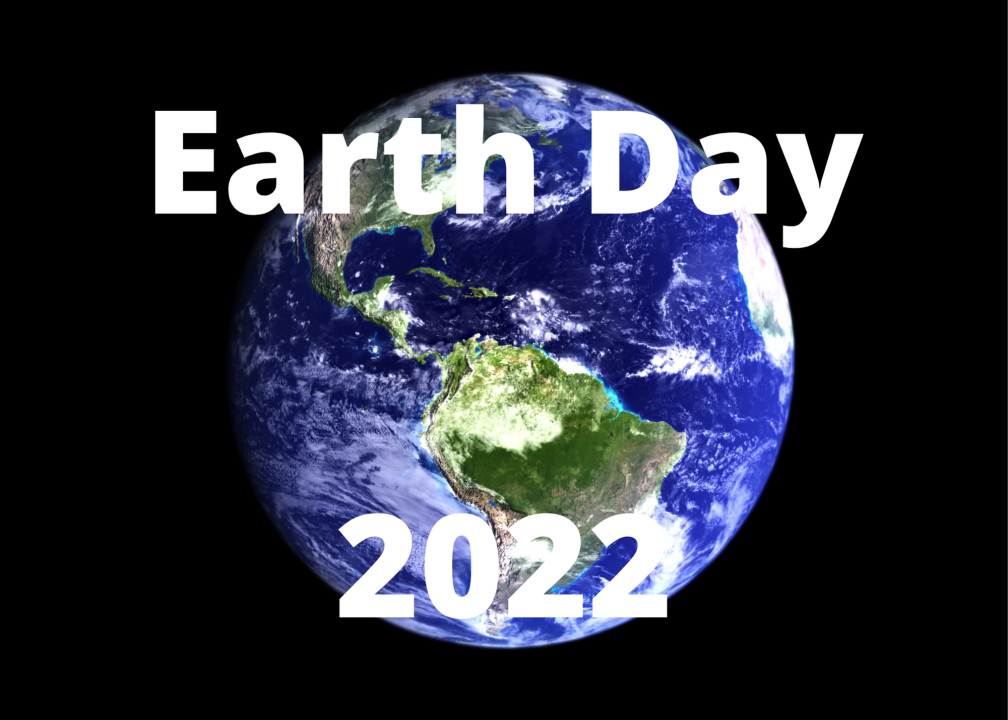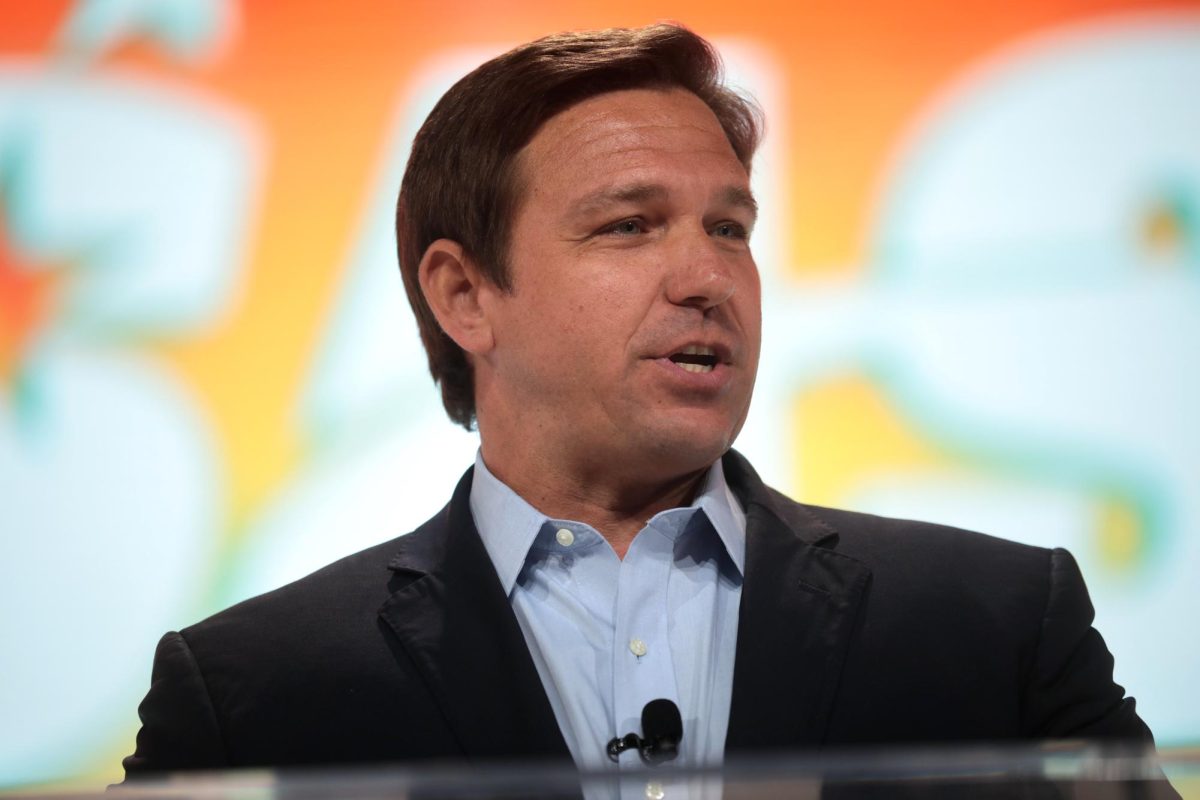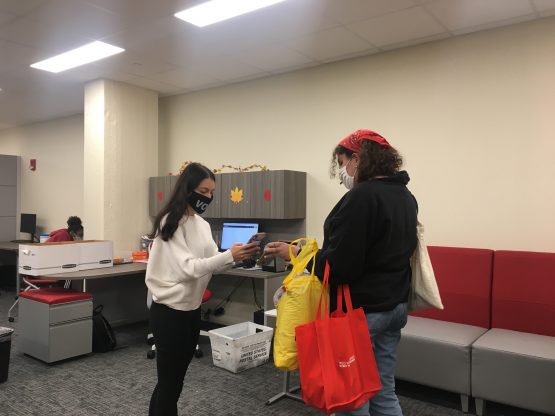
Matt Venezia is a sophomore biology major with a minor in writing.
Voting is a personal civic duty in the United States. Even while considered a flawed democracy, as classified by the Economist Intelligence Unit, the institutions of the U.S. are among the most democratic in the world. To vote is to share your voice with the electoral college, Congress and state/local governments and signifies which direction you personally believe the nation should move in.
Historically, this civic duty hasn’t been an easy task for many groups of people in our nation to accomplish. Women only got the right to vote 100 years ago, thanks to the 19th Amendment. Black people were not originally counted as full human beings in the Constitution and could not legally vote in the U.S. until 1865, after a civil war. Then poll taxes, grandfather clauses, literacy tests and Jim Crow laws further prevented people of color from exercising their right to vote in most southern states. Intimidation tactics and widespread violence, such as the lynching of over 30 Black people in the Ocoee massacre on election day, were also used by organizations like the Ku Klux Klan to discourage voting in the Black community. Historically, the indigenous community in the U.S. has also faced similar obstacles.
These obstacles were all methods of voter suppression or the practice of implementing strategies which attempt to dissuade certain groups of people from voting in order to influence an election.
After another century of these egregious policies, the Voting Rights Act was passed in 1965, limiting forms of codified voter suppression, like poll taxes or literacy tests. Despite this, many groups still face obstacles around voting to this day. In contemporary times, voter suppression looks much different than it did in the early 1900s: there are no Jim Crow laws and few, if any, lynchings.
Today, voters are removed from the registry without warning, turned away at the polls or intimidated with misinformation. Lines at polling locations are often so long that the wait becomes a deterrent for many voters, disproportionately voters of color. Furthermore, many felons, a demographic also made up disproportionately of people of color, lose their right to vote and must pay fees to regain their ability to vote in many states.
The 2020 election is no exception, as claims of voter suppression and voter intimidation have made national headlines. However, it was a very different election from those in recent memory.
This election was highly contentious, with perhaps the most controversial and divisive political figure of our time, Donald Trump, as the incumbent Republican. It was also the second election in U.S. history that took place during a global pandemic, and has come at a time when more Americans have died in an eight month period than in the entire first world war.
Though voter suppression has continued to be an issue in 2020, this election has made it clear that making it easier to vote is beneficial for everyone. For most states, a record turnout was recorded during this election. Additionally, more American citizens voted than in any previous election: nearly 160 million.
Aside from the level of contention surrounding the 2020 election, and that most Americans feel the outcome of this election is very important, there are a few other good reasons why vote totals are so high.
First, early voting was allowed throughout the U.S. Instead of voting only on Election Day in person, many voters were allowed to vote in person up to two weeks before Nov. 3 in numerous states, New York included. Expanded in many places in response to the COVID-19 pandemic, this measure offered many voters much more flexibility and encouraged many to plan their voting at a time that worked for them, with plenty of options available.
Next, voting by mail became a more common practice in this election and was encouraged, most often by Democrats. In many states, mail-in ballots were sent out to all registered voters, further encouraging voting.
Future elections should look more like the 2020 election in terms of voter turnout and early voting — and they can. The path to this goal is not linear, but there are many steps we can take in order to get there.
Keeping an early voting system in place will be a big step in spreading out the time when people can vote, allowing voters a greater opportunity to make a plan that works for them. Granting people more time to vote means those with full-time jobs, single parents, those who work through school and others who don’t have much free time can vote with more ease. To further ensure voters the ability to exercise their rights on their own time, Election Day should also be declared a national holiday.
Fighting voter suppression in all of its contemporary forms is necessary for free and fair elections with high turnout. Supporting initiatives by organizations like the ACLU and Let America Vote as well as passing legislations, will make it easier for all communities to exercise their rights.
In the words of Senator Bernie Sanders, “We need to […] make it easier for people to vote, not harder.” Going forward, let’s do just that.








